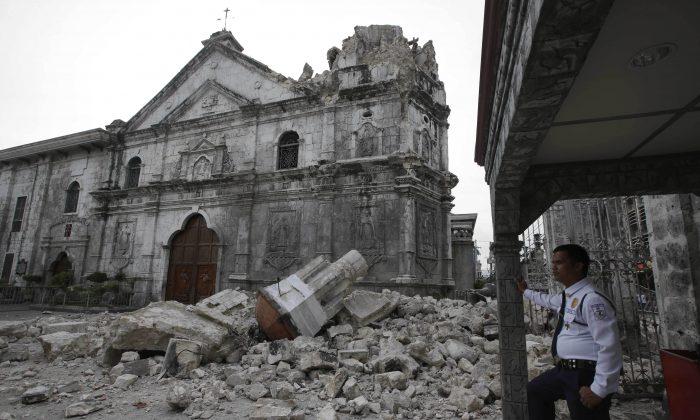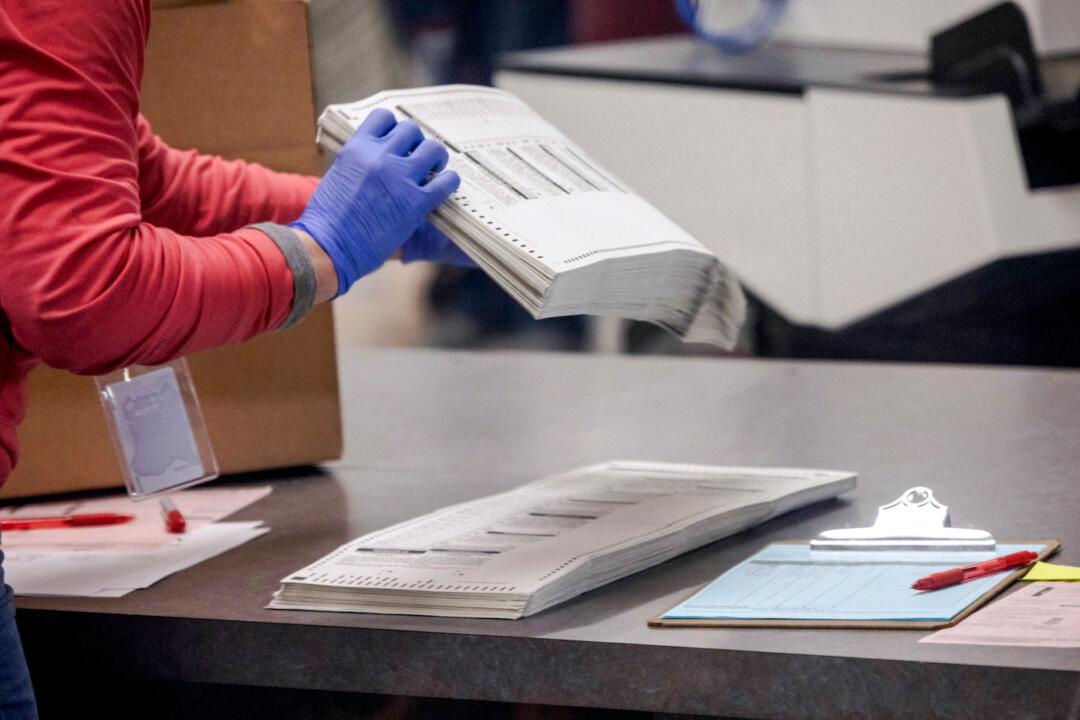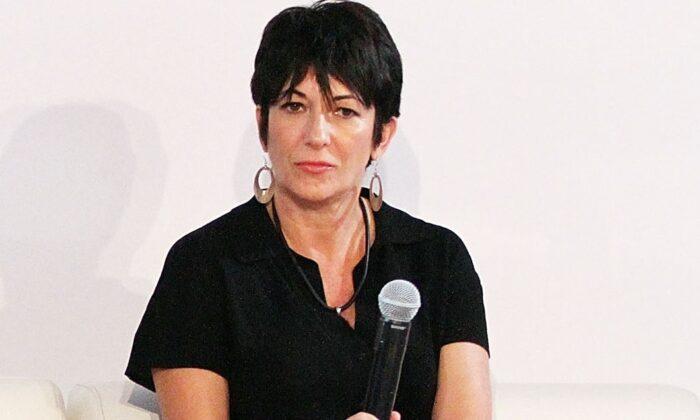A magnitude-7.2 earthquake hit the Philippines on Oct. 15, followed quickly by a second, 5.4-earthquake and more than 50 other aftershocks. The death toll has increased to 97, as officials worked into the morning freeing people who are trapped in multiple buildings.
The death toll continued to rise as rescue workers scoured collapsed churches, hospitals, and other structures following the Tuesday morning quake. Lt. Gen. Roy Deveraturda, commanding general of the military’s central command based in Cebu told Rappler late Tuesday that 77 of the deaths came from Bohol Province.
At least nine deaths came from Cebu Province, an urban and more densely populated island than the epicenter in nearby Bohol Island. Another death was reported in Siquijor.
Thirty-three people have been injured.
Many roads and bridges were reported damaged, making rescue operations difficult. But historic churches dating from the Spanish colonial period suffered the most. Among them was the country’s oldest, the 16th-century Basilica of the Holy Child in Cebu, which lost its bell tower.
Nearly half of a 17th-century limestone church in Loboc town, southwest of Carmen, was reduced to rubble.
The highest number of dead—18—were in the municipality of Loon, 26 miles west of Carmen, where an unknown number of patients were trapped inside the Congressman Castillo Memorial Hospital, which partially collapsed. Rescuers were working to reach them, said civil defense spokesman Maj. Reynaldo Balido.
As night fell, the entire province was in the dark after the quake cut power supplies. Windy weather and rain also forced back a military rescue helicopter.
Authorities were setting up tents for those displaced by the quake, while others who lost their homes moved in with their relatives, Bohol Gov. Edgardo Chatto said.
Extensive damage also hit densely populated Cebu City, across a narrow strait from Bohol, causing deaths when a building in the port and the roof of a market area collapsed.
Impact of Quake and Aftershocks
The quake set off two stampedes in nearby cities. When it struck, people gathered in a gym in Cebu rushed outside in a panic, crushing five people to death and injuring eight others, said Neil Sanchez, provincial disaster management officer.
“We ran out of the building, and outside, we hugged trees because the tremors were so strong,” said Vilma Yorong, a provincial government employee in Bohol.
“When the shaking stopped, I ran to the street and there I saw several injured people. Some were saying their church has collapsed,” she told The Associated Press by phone.
As fear set in, Yorong and the others ran up a mountain, afraid a tsunami would follow the quake. “Minutes after the earthquake, people were pushing each other to go up the hill,” she said.
But the quake was centered inland and did not cause a tsunami.
The quake hit for about 30 seconds.
The 7.2 quake hit around 8:10 a.m. local time. Cebu City, the largest city near the quake at almost 800,000 residents, suffered “strong” shaking, according to the U.S. Geological Survey (USGS).
“House was shaking!!!” said Charlotte Knowles who lives in the Palmas Verdes subdivision at Barangay Tabok, Mandaue City, Cebu.
“I was asleep and my mom was shouting at me to wake up,” Knowles told Epoch Times via Twitter. “The building was shaking and the both of us were terrified.”
Nhol Seno in Cebu tweeted that his 73-year-old grandmother said that the earthquake was probably the longest and strongest that she had ever felt.
The Philippine Red Cross warned people to stay alert.
“Each time you feel an aftershock, drop, cover and hold on,” it said. “Aftershocks frequently occur minutes, days, weeks and even months after.”
Small cities closer to the quake were hit with “very strong” and “severe” shaking, including San Isidro, Danao, San Pascual, and Jandayan.
At least 10 aftershocks following the quake registered above magnitude-4.8.
The USGS later downgraded the first earthquake to a 7.1, but the Philippine Institute Of Volcanology And Seismology has it as 7.2





